How greenhouse gas (GHG) emissions factor into the choices we make in our personal and professional lives is changing. Environmental concerns and energy price increases are influencing the behavior of many individuals on a personal level, and for data centers these decisions are even more important. While companies of all sizes are under pressure to understand their scope 1, 2, and 3 emissions, data centers are especially under increasing pressure due to their rapidly increasing impact on our world. There are multiple drivers pushing for the reduction of carbon emissions from data centers including corporate sustainability initiatives, government regulations, public pressure, and the investment community. For investors, the link between reducing emissions and profitability is clear, and large investment firms are even requiring companies to have a plan to reduce emissions before investing in them. Simply put, lowering a company’s carbon footprint can translate into savings that flow directly to the bottom line.
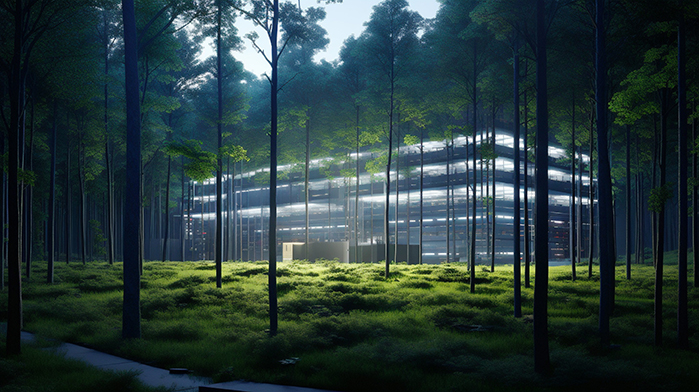
Finding the scope 2 emissions from your IT systems and data center carbon footprint can seem daunting. Establishing a reference point for greenhouse gas emission should be one of the first steps to starting to identify ways to reduce. This can be started by first knowing your power use in kilowatt-hours (kWh). Armed with a kWh value, one of several calculators can be used to find the equivalent amount of GHG associated with that level of energy usage. One of the most commonly used calculators is from the US EPA: https://www.epa.gov/energy/greenhouse-gas-equivalencies-calculator. By using a greenhouse gas calculator like this, system design changes can be examined not only from a redundancy or performance point of view, but from the perspective of greenhouse gas emissions, and just as importantly, operating cost.
An example of finding greenhouse gas emissions in a UPS system
Consider a real-world example from a study that TechSite recently performed for a customer. A system with phone equipment was backed by a 30kVA/24kW, 3-phase Uninterruptible Power Supply (UPS). The UPS provides power to a total of four remote rooms. Over previous years, with the reduction in occupancy from a hybrid and work-from-home environment, the IT equipment in use had been reduced, resulting in a load of only 1.6 kW.
TechSite engineers went on-site and gathered data from the UPS. The first data point was how much power the UPS was drawing from the utility (input):
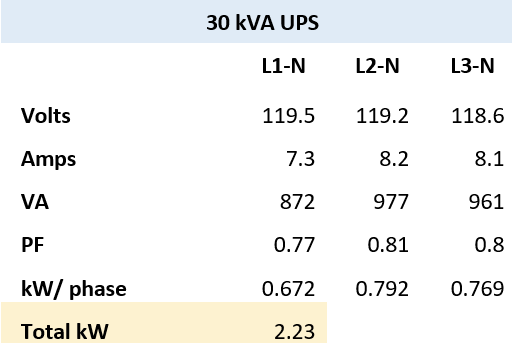
The second data point the engineer’s gathered data from the UPS was how much power it was delivering to the IT loads (output):
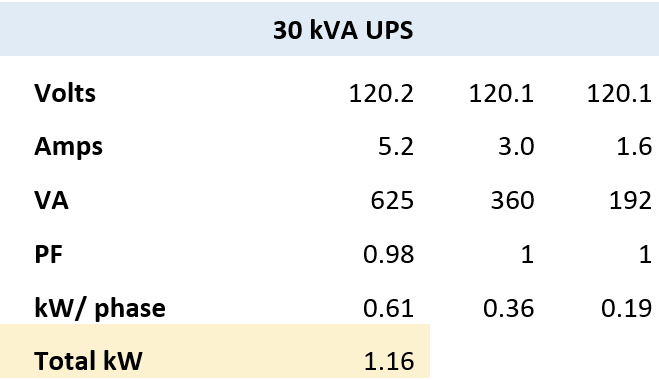
With this data, TechSite engineers calculated the efficiency of the UPS at about 52%, or 1.16kW output divided by 2.23kW input. Since this UPS is in operation 24/7, the total power used over a year for this UPS is 19,552kWh/yr. At $0.10 per kWh that’s $1,955.20 per year in energy costs.
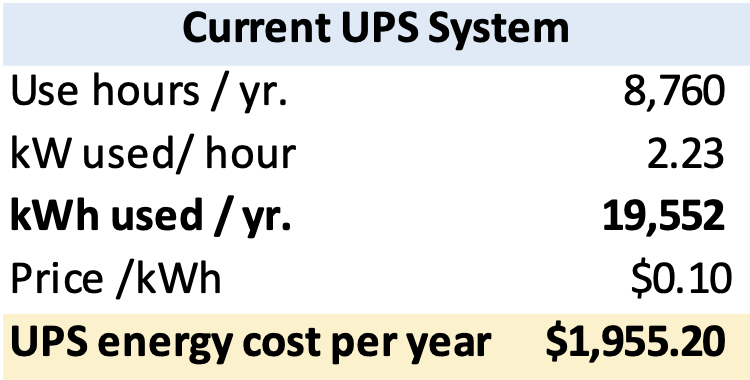
Plugging that information into the GHG emission calculator from the EPA estimates the emissions at 8.5 Metric Tons per year:
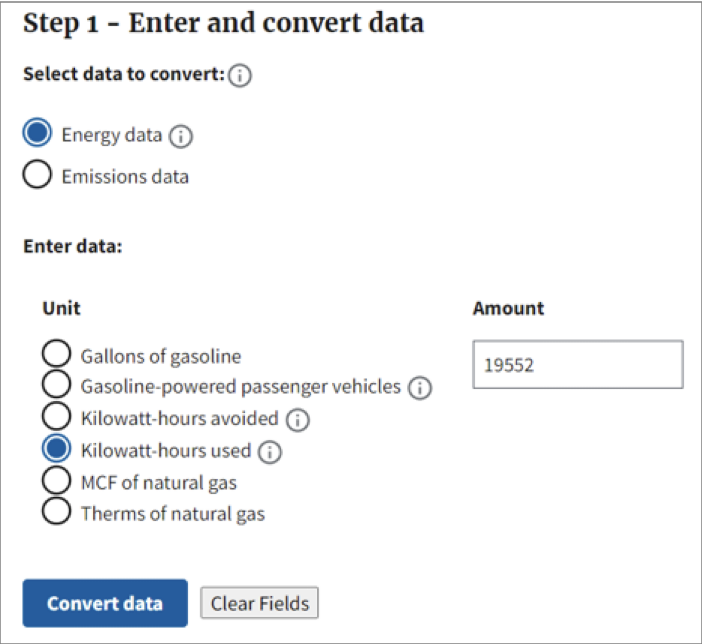
In this real-world example, this small UPS emits as much greenhouse gas as two gasoline powered cars every year!

TechSite engineers proposed replacing the aging and oversized UPS unit with a new smaller and more efficient one. It was recommended for the UPS to operate in Eco mode, which operates at 98% efficiency at this load level. At this efficiency level, the UPS utility demand would decrease to 1.18 kW, or 10,337 kWh/yr, and the GHG emmission would be reduced to 4.5 Metric Tons:
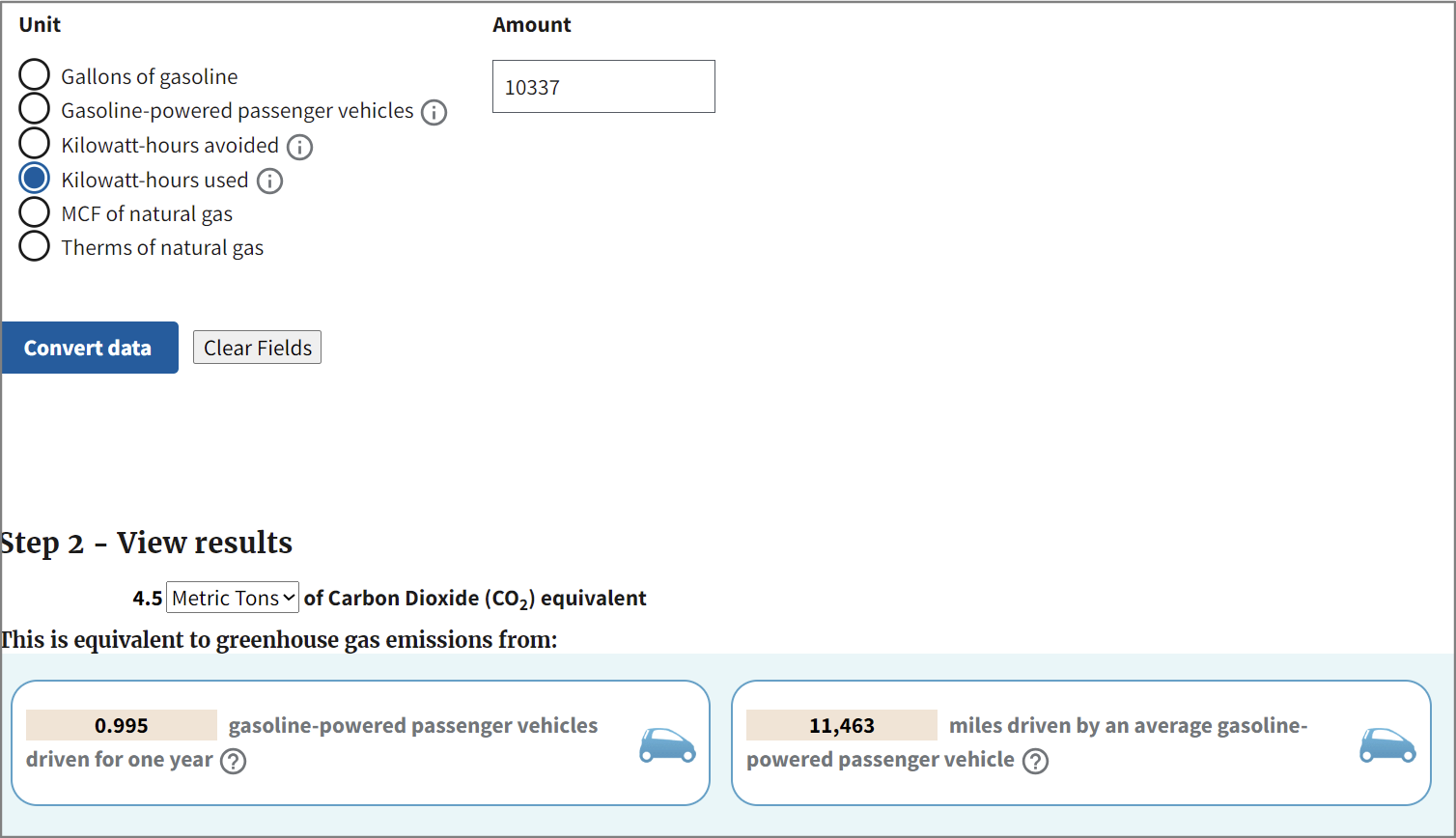
Recplacing this one small 30kVA UPS with a more efficient and appropriately sized unit would result in a 47% reduction in energy costs and the equivalent removal of a gasoline powered car for a year, every year, that the new UPS is in operation. Just imagine how this example would look if this was calcualted for your 300kVA, 1MVA, or even larger UPS.
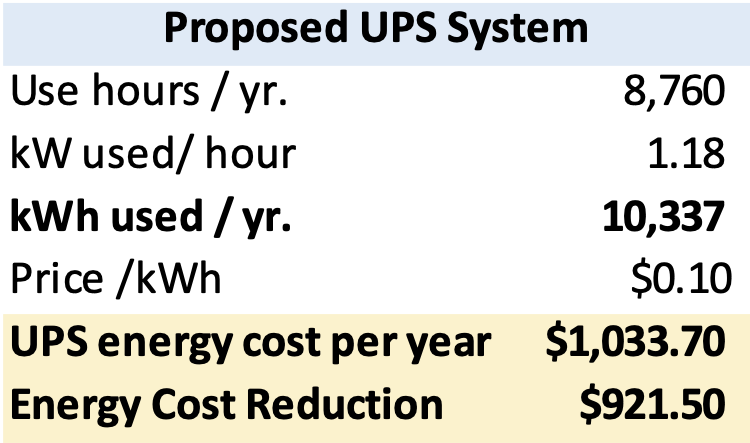
Conclusion
Designing a system is a balancing act. Redundancy, growth potential, and operating efficency are some of the traditional considerations in designing a cooling or power system. Factoring greenhouse gas considerations into new designs adds value to the services provided by IT system designers to their customers. The basic concepts required to start to understand how to convert kWh use into greenhouse gas emissions are not difficult to understnd. Please contact us if we can help you get started.
Written By Tony Vitali and the TechSite team
